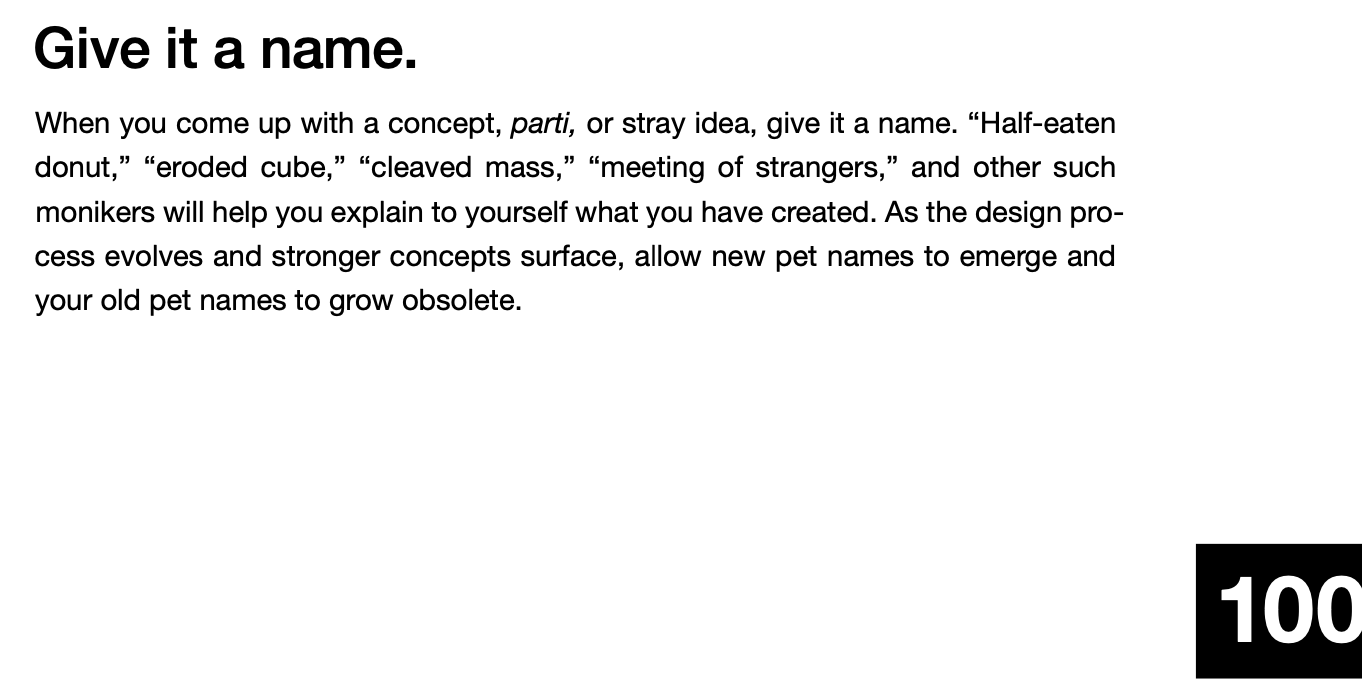Andyʼs working notes
About these notesAbout these notes
Hi! I’m Andy Matuschak. You’ve stumbled upon my working notes. They’re kind of strange, so some context might help.
These notes are mostly written for myself: they’re roughly my thinking environment (Evergreen notes; My morning writing practice). But I’m sharing them publicly as an experiment (Work with the garage door up). If a note seems confusing or under-explained, it’s probably because I didn’t write it for you! Sorry—that’s sort of an essential tension of this experiment (Write notes for yourself by default, disregarding audience).
For now, there’s no index or navigational aids: you’ll need to follow a link to some starting point. You might be interested in §What’s top of mind.
👋 Andy (email, Twitter, main personal site)
PS: My work is made possible by a crowd-funded research grant from my Patreon community. You can become a member to support future work, and to read patron-only updates and previews of upcoming projects.
PS: Many people ask, so I’ll just note here: no, I haven’t made this system available for others to use. It’s still an early research environment, and Premature scaling can stunt system iteration.
Evergreen note titles are like APIs
When Evergreen notes are factored and titled well, those titles become an abstraction for the note itself. The entire note’s ideas can then be referenced using that handle (see Concept handles, after Alexander). In fact, this property itself functions as a kind of litmus: as you develops ideas in notes over time and improve the “APIs,” you’ll be able to write individual notes which abstract over increasingly large subtrees (e.g. Enacted experiences have incredible potential as a mass medium, Evergreen note-writing as fundamental unit of knowledge work).
Some effective note “API design” techniques: separation of concerns (Evergreen notes should be atomic), sharp titles (Prefer note titles with complete phrases to sharpen claims), and positive framings (Prefer positive note titles to promote systematic theory).
Related: Grounded claims, after Qian et al
References
Frederick, M. (2007). 101 things I learned in architecture school. MIT Press.
Conversation with Michael Nielsen, 2019-12-16